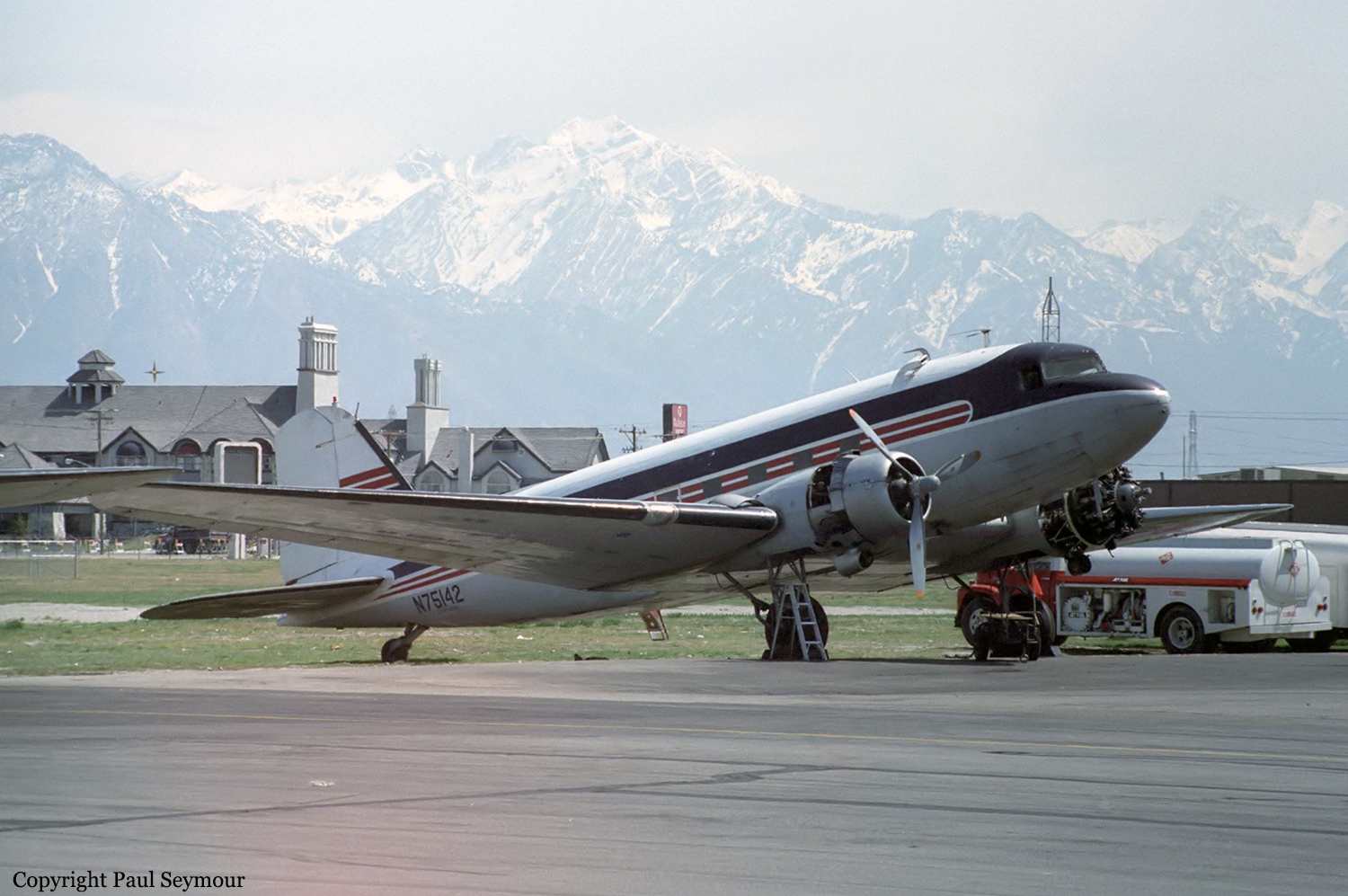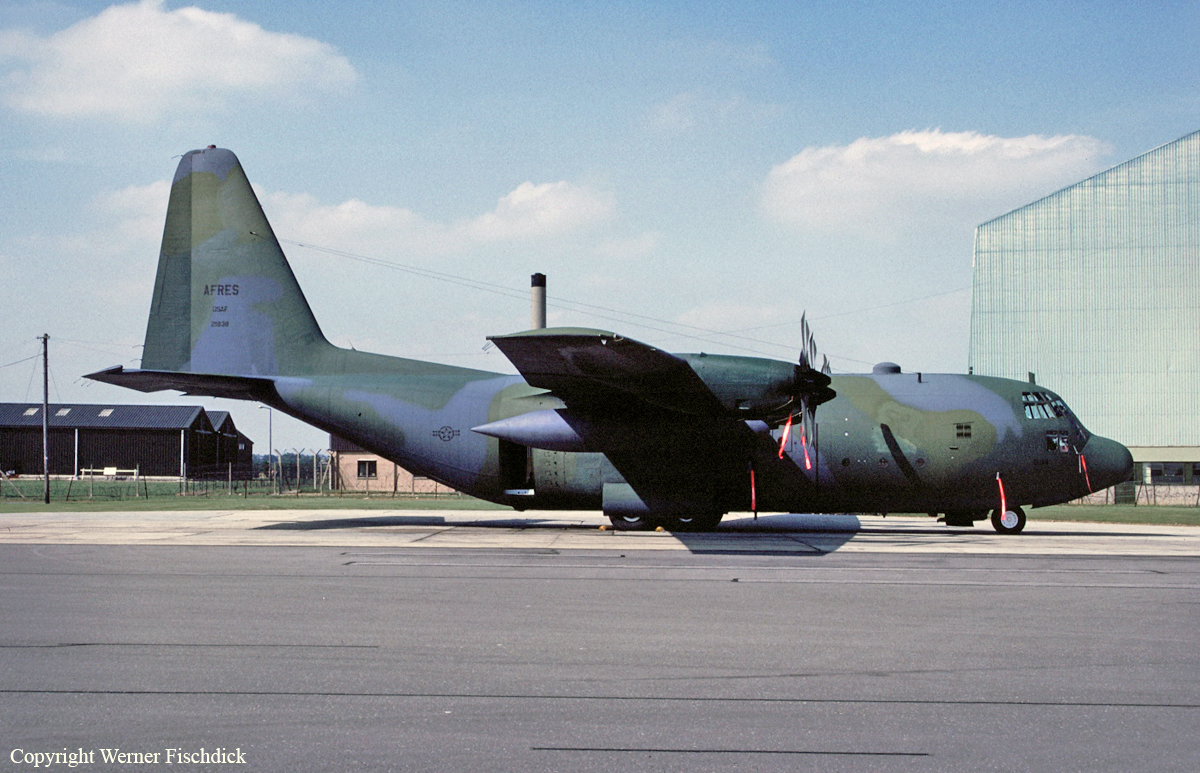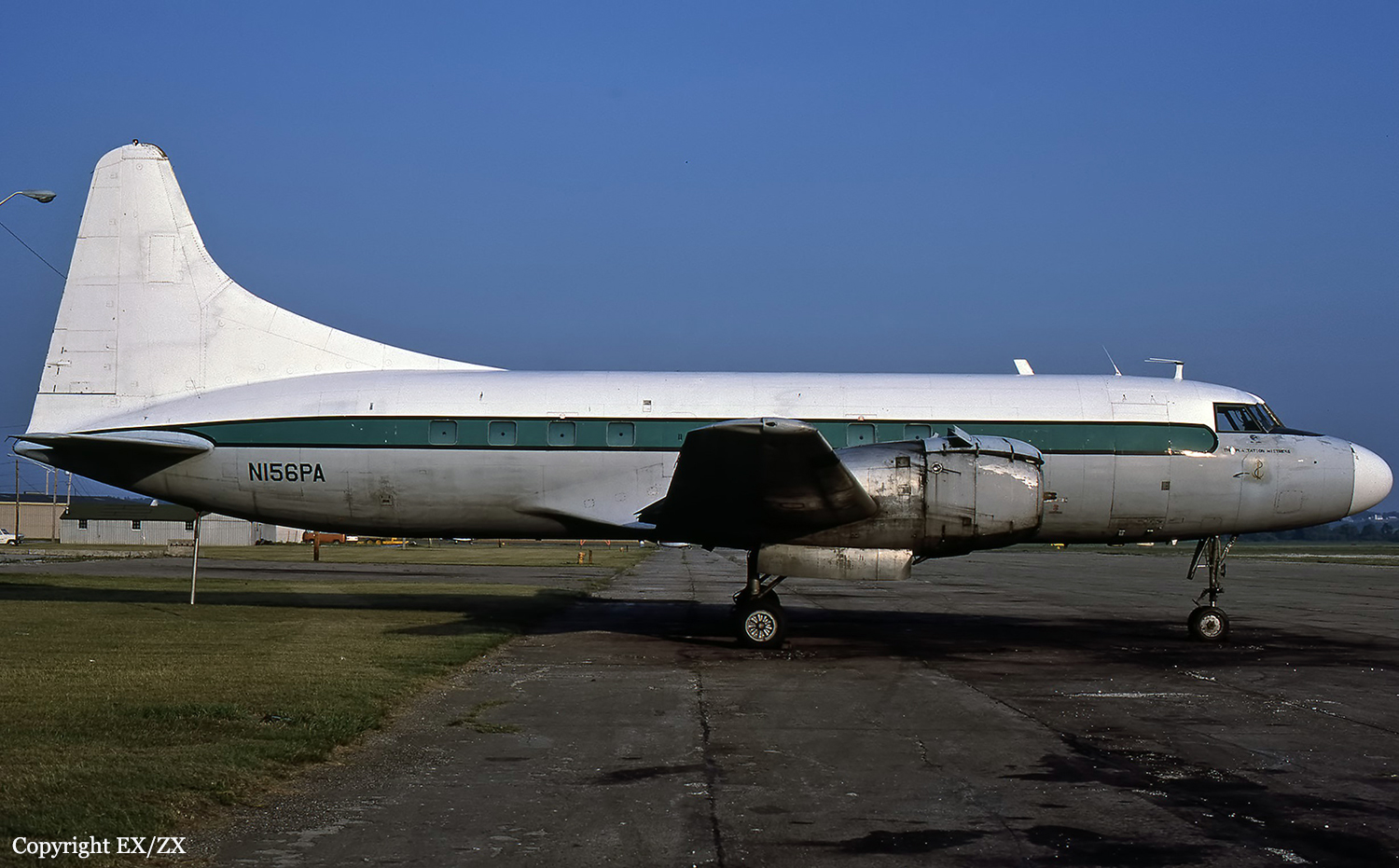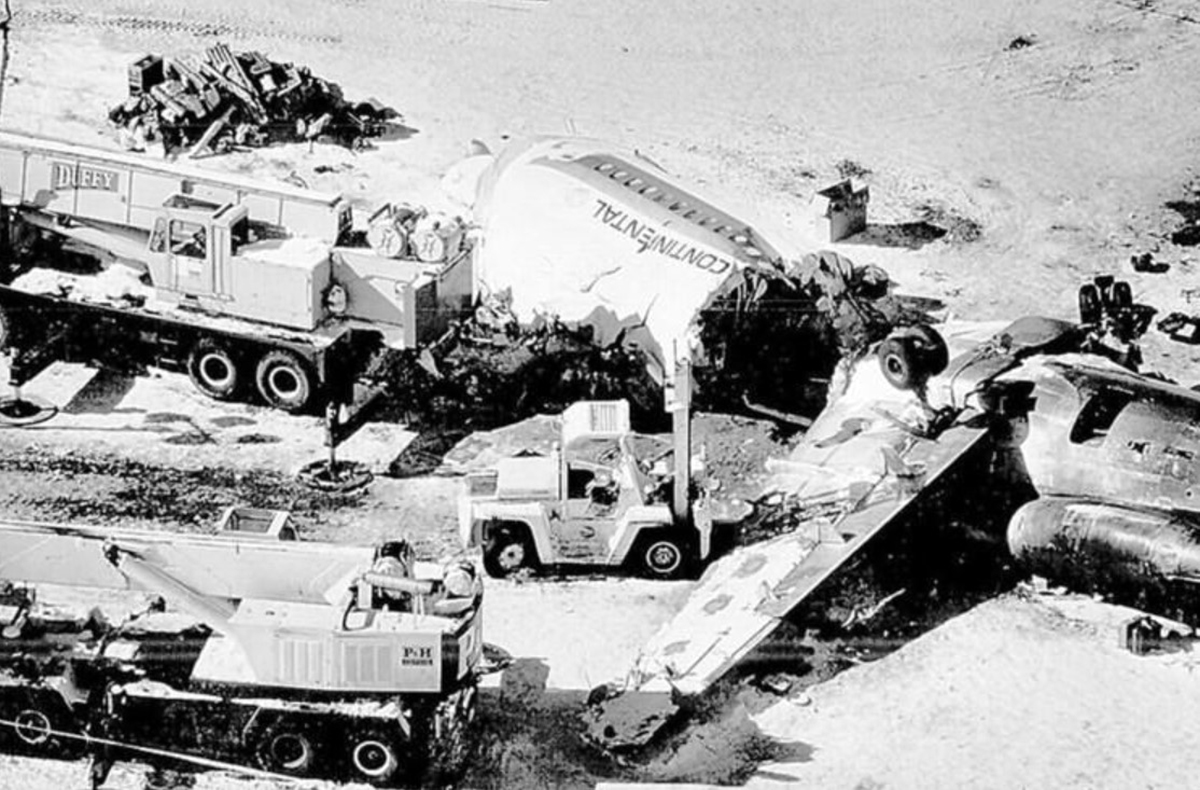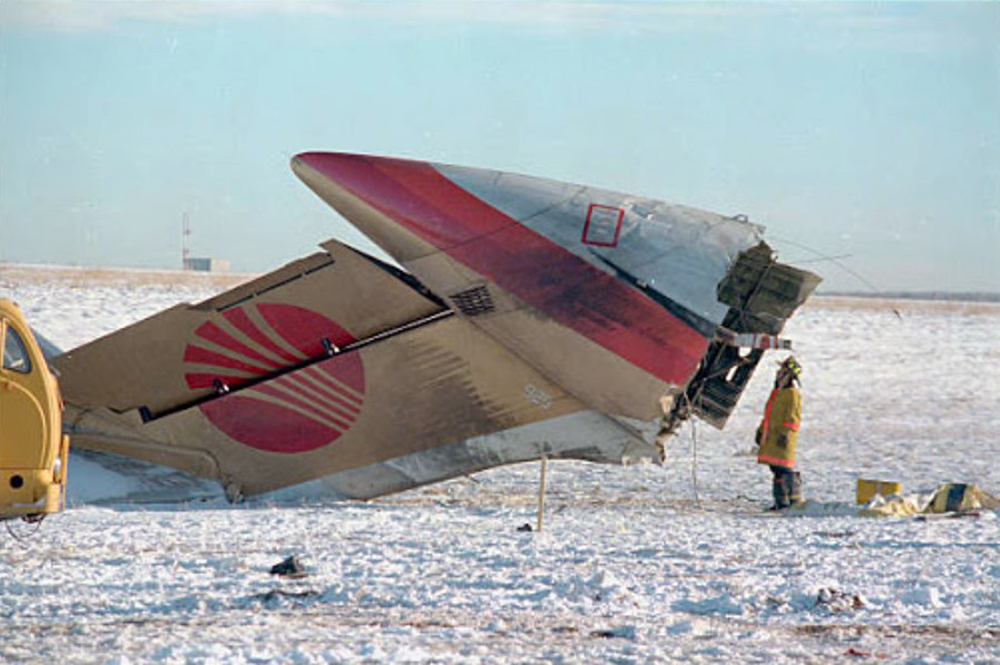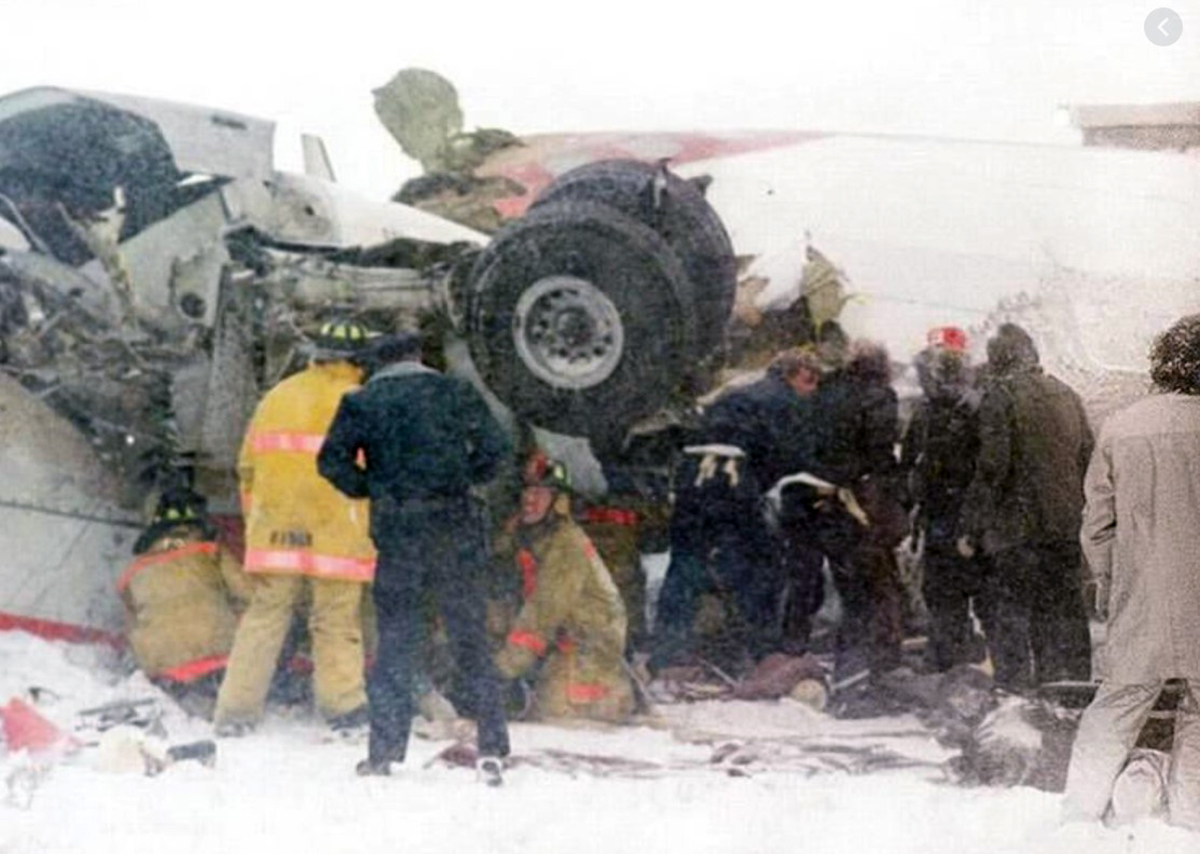Crash of a Piper PA-31-310 Navajo near Atlanta: 3 killed
Date & Time:
Mar 12, 2002 at 1437 LT
Registration:
N2336V
Survivors:
No
Schedule:
Idaho Falls - Boise
MSN:
31-135
YOM:
1968
Crew on board:
1
Crew fatalities:
Pax on board:
2
Pax fatalities:
Other fatalities:
Total fatalities:
3
Captain / Total hours on type:
338.00
Aircraft flight hours:
7940
Circumstances:
The aircraft was cleared direct and to climb to 14,000 feet. During the climb out, the controller inquired several times as to the flights altitude. The pilot's response to the controllers queries were exactly 10,000 feet lower than what the controller was indicating on radar. Eventually the controller instructed the pilot to stop altitude squawk, which he did. During the last communication with the pilot, he reported that he was level at 14,000 feet. During the next approximately 45 minutes, the aircraft was observed proceeding generally in the direction of its destination. When the controller observed the flight track turn approximately 45 degrees to the right and headed generally northwest, he attempted to contact the pilot without a response. The tracking then turned about 90 degrees to the left for a few minutes, then turned 180 degrees to the right. The aircraft dropped from radar coverage shortly thereafter. On site investigation revealed that the aircraft broke-up in flight as the wreckage was scattered generally east-to-west over the mountainous terrain for approximately .3 nautical miles. Further investigation revealed that the right wing separated at the wing root in an upward direction. Separation points indicated features typical of overload. The right side horizontal stabilizer separated upward and aft. The left side horizontal stabilizer remained attached however, it was twisted down and aft. The aft fuselage was twisted to the left. Both engines separated in flight from the wings. Post-crash examinations of the airframe and engines did not reveal evidence of a mechanical failure or malfunction. Both altimeters were too badly damaged to test. Autopsy and toxicology results indicated that the pilot had severe coronary artery disease with greater than 95% narrowing of the left anterior descending coronary artery by atherosclerotic plaque. The coroner also reported that superimposed upon this severe narrowing was complete occlusion of the lumen by brown thrombus. Toxicology results indicated a moderate level of diabetes. The pilot's actions leading up to the accident were consistent with an incapacitation due to hypoxia. The role of a possible heart attack was unclear, since it is possible that it occurred as a result of the hypoxia.
Probable cause:
The pilot's failure to maintain aircraft control while in cruise flight which resulted in the in-flight separation due to overload of the spar at the right wing root. Hypoxia was a factor.
Final Report:



